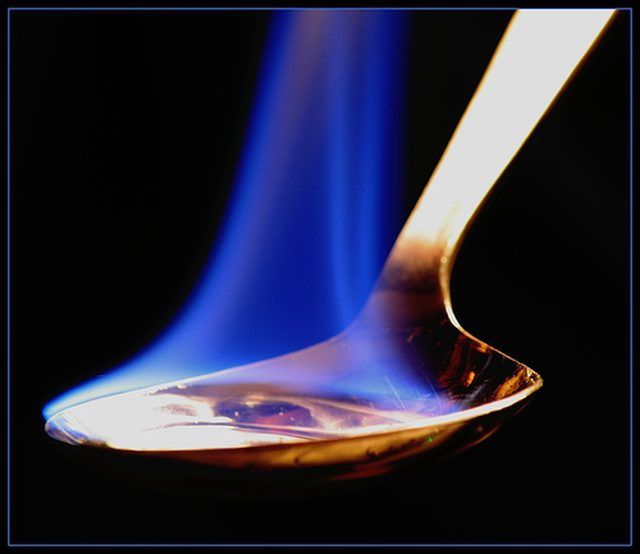Bulbs
Flower Basics
Flower Beds & Specialty Gardens
Flower Garden
Garden Furniture
Garden Gnomes
Garden Seeds
Garden Sheds
Garden Statues
Garden Tools & Supplies
Gardening Basics
Green & Organic
Groundcovers & Vines
Growing Annuals
Growing Basil
Growing Beans
Growing Berries
Growing Blueberries
Growing Cactus
Growing Corn
Growing Cotton
Growing Edibles
Growing Flowers
Growing Garlic
Growing Grapes
Growing Grass
Growing Herbs
Growing Jasmine
Growing Mint
Growing Mushrooms
Orchids
Growing Peanuts
Growing Perennials
Growing Plants
Growing Rosemary
Growing Roses
Growing Strawberries
Growing Sunflowers
Growing Thyme
Growing Tomatoes
Growing Tulips
Growing Vegetables
Herb Basics
Herb Garden
Indoor Growing
Landscaping Basics
Landscaping Patios
Landscaping Plants
Landscaping Shrubs
Landscaping Trees
Landscaping Walks & Pathways
Lawn Basics
Lawn Maintenance
Lawn Mowers
Lawn Ornaments
Lawn Planting
Lawn Tools
Outdoor Growing
Overall Landscape Planning
Pests, Weeds & Problems
Plant Basics
Rock Garden
Rose Garden
Shrubs
Soil
Specialty Gardens
Trees
Vegetable Garden
Yard Maintenance
What Is a Wormwood Plant?
What Is a Wormwood Plant?. Wormwood--also known as absinthe, mugwort and artemisia absinthium--is from the Aster/Daisy family of plants. It's a medicinally used plant with hallucinogenic qualities.
Wormwood--also known as absinthe, mugwort and artemisia absinthium--is from the Aster/Daisy family of plants. It's a medicinally used plant with hallucinogenic qualities.

Description
Artemisia absinthium is a shrub-like, semi-woody plant with fragrant foliage. It can reach 3 feet tall and 2 feet wide. There are some yellow flowers, but they aren't very pretty. Foliage is silver/gray.
Growth
Mugwort needs full sun or partial shade, with non-humid temperatures. While it is drought tolerant, rainy, humid weather can make the plant have center rot.
Propagation
Asbinthe can be propagated by late summer or fall semi-hardwood cuttings. Alternatively, propagate by root division in fall.
Warning
Wormwood is poisonous with a bitter taste and acrid smell. The alcohol absinthe is professionally extracted and not poisonous for this reason.
Medicinal Use
The wormwood plant was once used to treat intestinal worms because the bitter plant is said to stimulate bile and acid production. The smell is an insect repellent, and it can be put in drawers or rubbed onto the skin.
Fun Fact
The 19th and 20th century found wormwood as a plant used to create a hallucinogenic drink. While absinthe was once thought to drive one insane, it's now available again. Check liquor labels to make sure it's the real thing; many imitations exist.